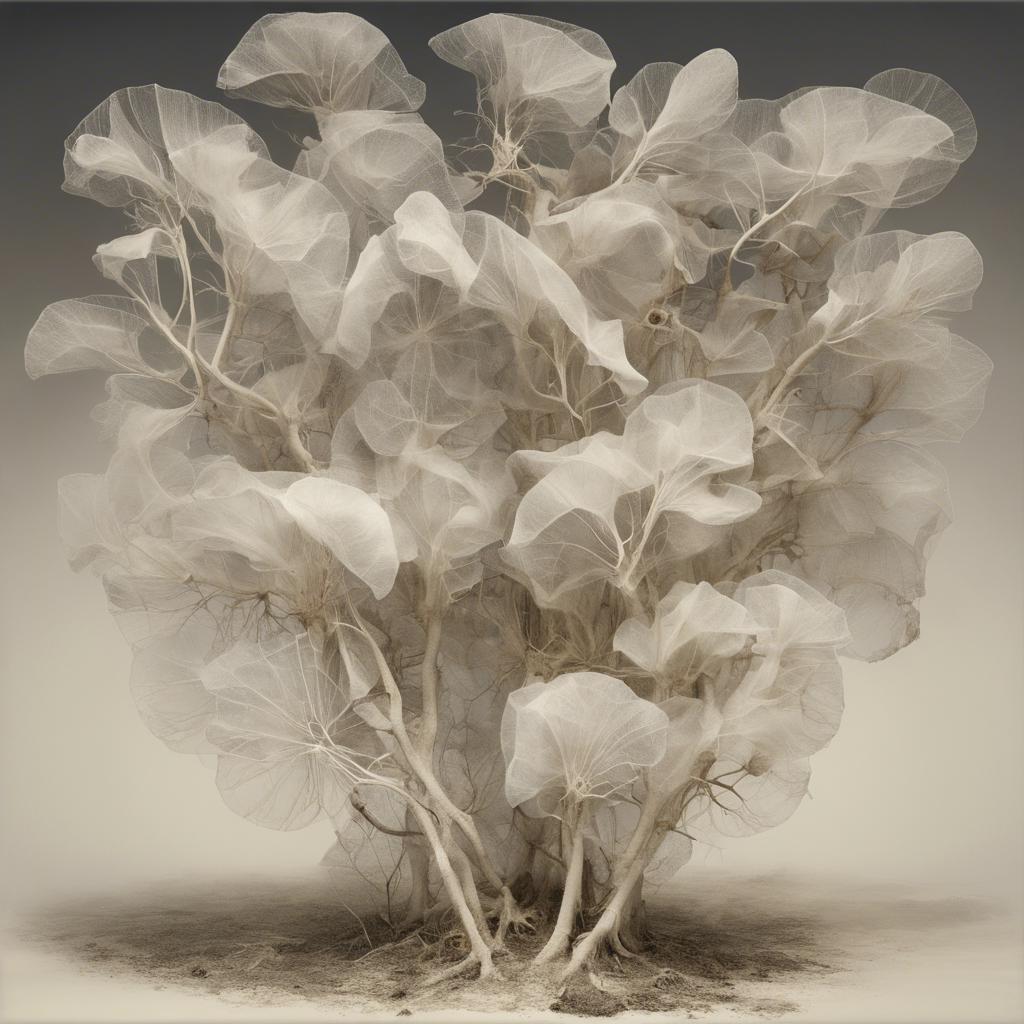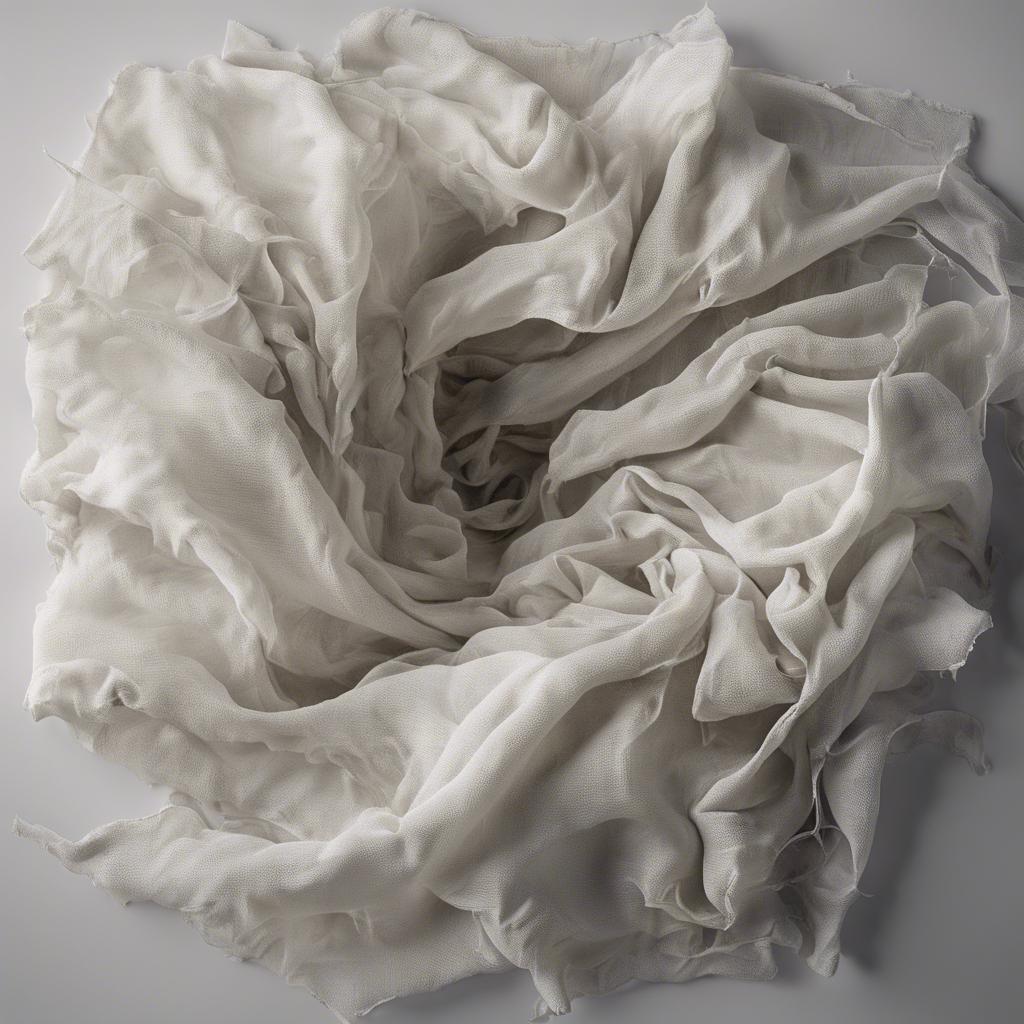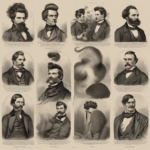In the annals of textile history, sprigged muslin stands as a testament to the exquisite craftsmanship and intricate artistry of the past. With delicate floral motifs painstakingly embroidered onto fine muslin fabric, this luxurious material captured the imagination of fashion-conscious elites throughout the 18th and 19th centuries. Join us as we delve into the opulent world of sprigged muslin, exploring its origins, techniques, and enduring legacy in the realm of textile design.
Step Into the World of Cheryl Bolen
Dive into the enchanting stories of love, intrigue, and elegance set in the Regency Era. Cheryl Bolen's novels offer timeless romance and captivating tales that will leave you wanting more.
Explore Cheryl Bolen's Books Now
Origins of Sprigged Muslin
Sprigged muslin, a delicate and intricate fabric, has a long and storied history dating back to the 18th century in England. This fabric is known for its unique design featuring small embroidered motifs, or ‘sprigs’, scattered across the cloth.
Sprigged muslin fabric was originally handwoven using fine cotton yarns, which were then meticulously embroidered with floral or geometric patterns. The process of creating sprigged muslin was labor-intensive and required skilled artisans to produce these exquisite textiles.
During the Regency era, sprigged muslin became fashionable among the aristocracy and upper classes, who prized its lightweight feel and elegant appearance. This fabric was often used for women’s dresses, undergarments, and accessories, adding a touch of sophistication to their wardrobe.
Evolution of Sprigged Muslin Patterns
Sprigged muslin patterns have evolved significantly over the centuries, reflecting changes in fashion, technology, and cultural influences. In the early 18th century, sprigged muslin was a popular choice for women’s dresses, known for its delicate floral designs woven into the fabric. These patterns were typically hand-printed using wooden blocks, creating intricate and detailed motifs that added a touch of elegance to garments.
As the Industrial Revolution took hold in the 19th century, advancements in textile manufacturing led to the mass production of sprigged muslin fabrics. This shift allowed for a wider variety of patterns to be created, ranging from traditional floral designs to geometric shapes and abstract motifs. The availability of affordable sprigged muslin made this fabric accessible to a larger population, cementing its place as a staple in many wardrobes.
In the modern era, sprigged muslin patterns continue to evolve, with designers drawing inspiration from a wide range of sources, including art, nature, and technology. Contemporary sprigged muslin fabrics may feature bold and innovative designs, combining traditional techniques with modern aesthetics. Whether used in fashion, home decor, or accessories, sprigged muslin patterns remain a timeless choice for those who appreciate the beauty and versatility of this classic fabric.
Characteristics of Authentic Sprigged Muslin
Authentic sprigged muslin is a type of lightweight, semi-sheer cotton fabric that has been adorned with small, raised figures or patterns known as “sprigs”. These delicate designs are typically created using a process called sprigging, where tiny motifs are embroidered onto the fabric in a repetitive fashion. The result is a beautifully textured and elegant material that is perfect for a variety of uses.
One of the key is its breathability. The lightweight and airy nature of the cotton fabric allows for excellent air circulation, making it ideal for warm weather garments. Whether used for dresses, blouses, or even curtains, sprigged muslin provides a comfortable and cool option for those looking to stay stylish in the heat.
Additionally, the intricate sprigged patterns on authentic muslin add a touch of sophistication and charm to any piece. From floral motifs to geometric shapes, these delicate designs can elevate the look of any garment or home decor item. Whether used as an accent or a focal point, sprigged muslin brings a sense of timeless elegance to any project.
Tips for Caring for Sprigged Muslin Fabrics
When caring for sprigged muslin fabrics, it is important to handle them with delicacy and attention to detail. These delicate fabrics have been popular since the 18th century for their intricate patterns and lightweight feel. To ensure your sprigged muslin fabric remains in pristine condition for years to come, follow these time-tested tips:
Avoid harsh chemicals: When cleaning your sprigged muslin fabric, steer clear of harsh chemicals such as bleach or strong detergents. Instead, opt for gentle, mild cleaners that are specifically formulated for delicate fabrics. This will help preserve the intricate design and color of the fabric.
Hand wash with care: To clean your sprigged muslin fabric, hand washing is the preferred method. Fill a basin with lukewarm water and a small amount of gentle detergent. Gently swirl the fabric in the water, being careful not to wring or twist it. Rinse thoroughly and lay flat to dry, away from direct sunlight.
Insights and Conclusions
sprigged muslin played a significant role in the fashion industry during the 18th and 19th centuries. Its delicate floral patterns and lightweight texture made it a popular choice for women’s dresses, shawls, and accessories. While it may not be as commonly used today, the influence of sprigged muslin can still be seen in modern textile designs. Its legacy lives on as a testament to the craftsmanship and creativity of past generations. Thank you for joining us on this journey through the history of sprigged muslin.


